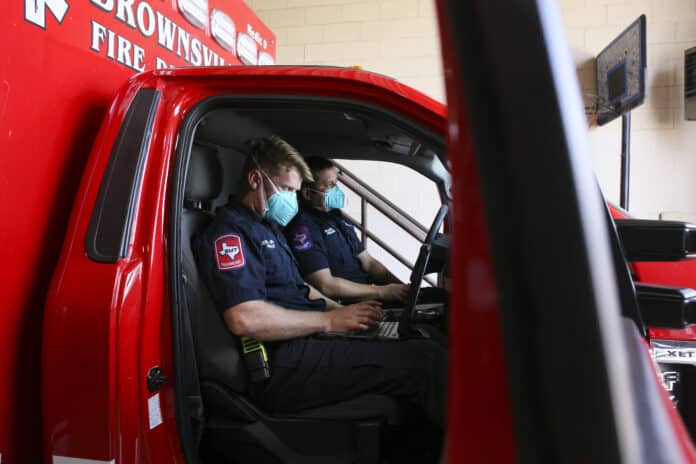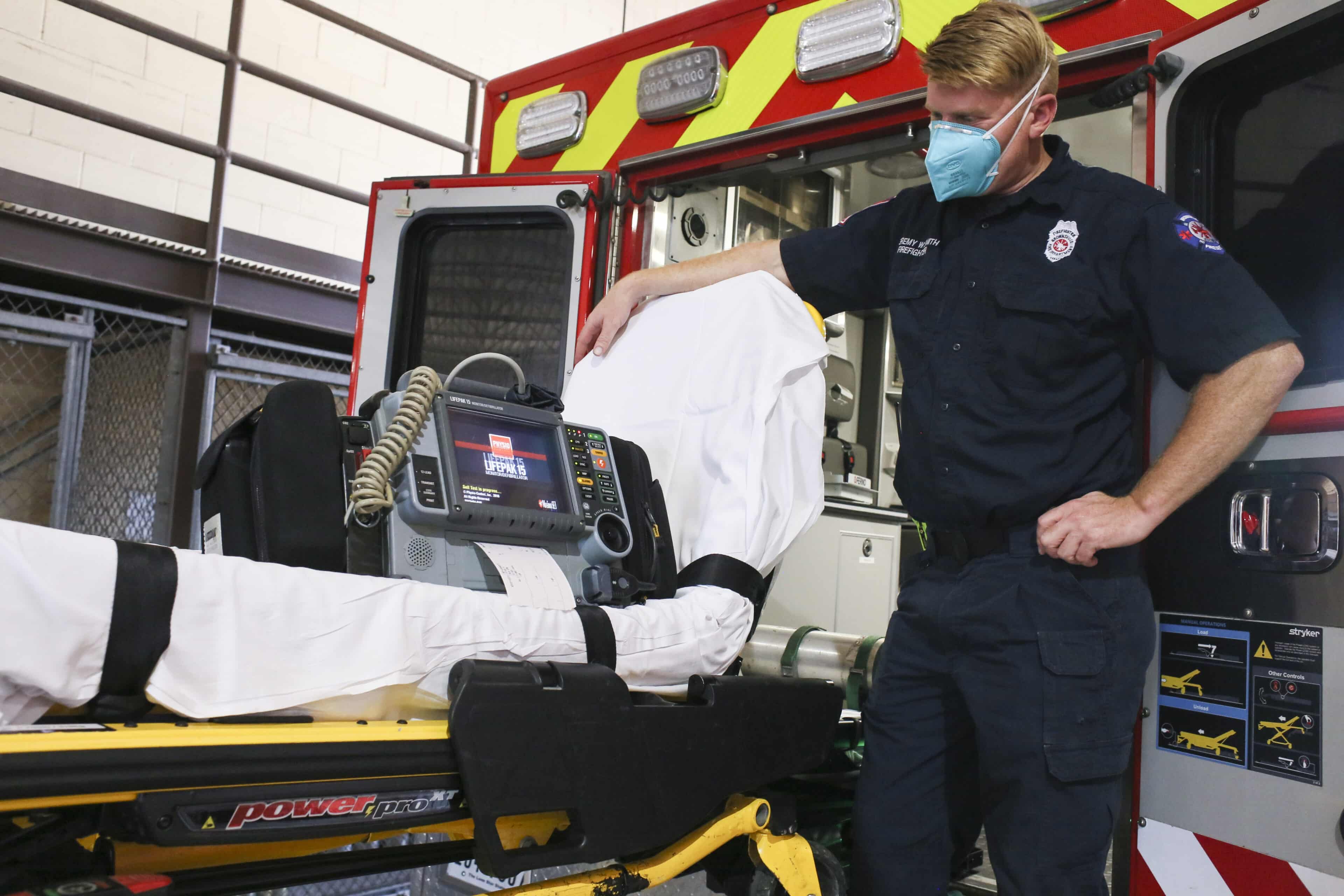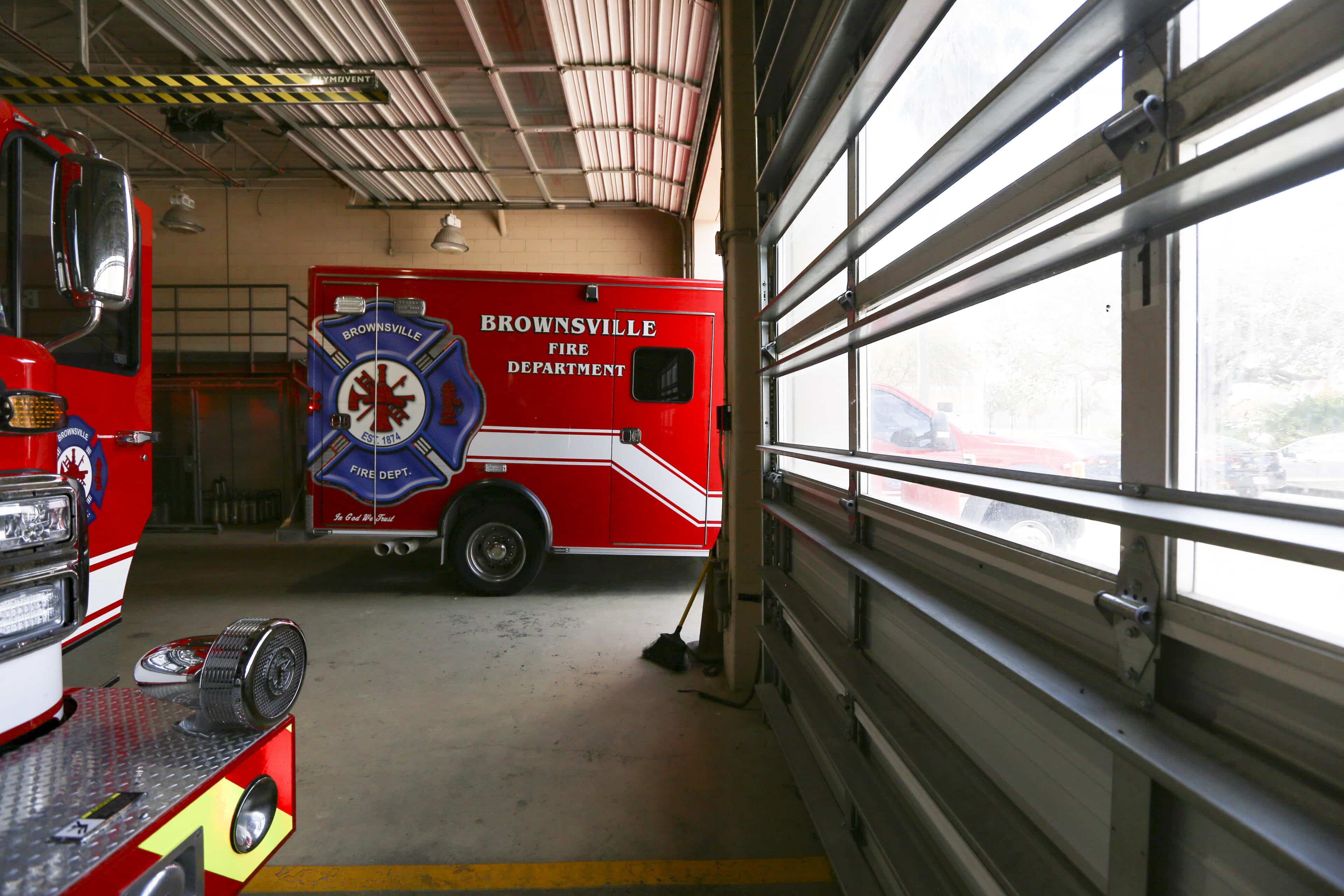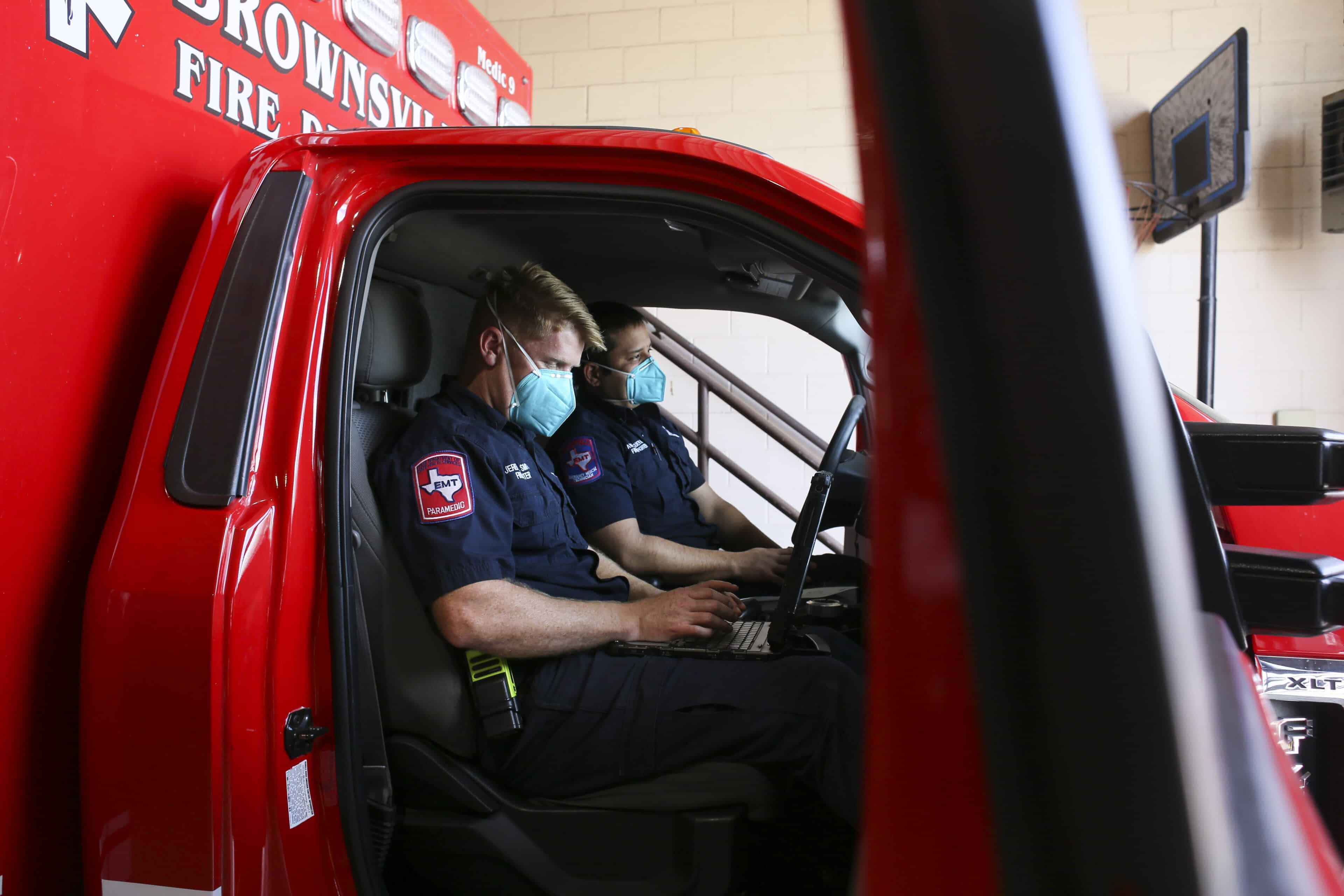
People who are suffering from the cold for long stretches, such as was the case last week, will sometimes resort to extreme measures to be warm, even if it’s dangerous.
It happens every cold snap, and the mid-February winter assault on Texas and the Rio Grande Valley was particularly severe, with residents accidentally setting their homes on fire or poisoning themselves with carbon monoxide in the quest for warmth.
Brownsville Fire Chief Jarrett V. Sheldon said the Brownsville Fire Department experienced a big spike in call volumes as a result of the Arctic invasion that arrived a little after midnight on Feb. 14 and stuck around long enough to chill nearly everyone and everything thoroughly to the bone.
“I would say in a normal week we’re running about 70 to 80 to 90 calls on a busy day,” he said. “We were running about 130 to 140 emergencies and non-emergencies throughout the cold time. … Our calls were all over the board. It was really busy.”
Once it started warming up and residents began getting their power back on the calls eased up, said Sheldon, whose home was without power for four days straight last week.
Portable heaters are always a hazard during Valley cold spells, no less among a population not accustomed to having to use them often. In this case, without power out some people brought heating sources inside that weren’t meant for indoor use — kerosene heaters, for instance.
“Barbecue pits we’ve seen in the living rooms,” Sheldon said. “That’s very dangerous. That’s when we started seeing our carbon monoxide poisonings.”
A few people were taken to the hospital for carbon monoxide poisoning, which was an issue statewide during the cold spell, he said.
“We spoke with other fire departments around the state, just kind of making contact with them, and a lot of people were seeing the same thing,” Sheldon said.
Two fatalities in Brownsville last week may have been the result of carbon monoxide poisoning, though the cases are still being investigated, he said. Whenever it turns cold BFD tries to get the word out through social media: “Don’t bring that in. Even if it’s on your porch have a carbon monoxide detector in your house,” Sheldon said.
It’s a crucial precaution, he said, noting that carbon monoxide can’t be seen or smelled. Symptoms of carbon monoxide poisoning include confusion and fatigue, Sheldon said.
“People start getting sleepy,” he said. “They get confused, dizzy headache, nausea, vomiting. People don’t actually realize what they’re experiencing until it’s too late.”
Other residents inadvertently set fire to their homes trying to stay warm, or in some cases not turning off their electric stoves when the power went out and then leaving the house. When the power came back on, whatever was left on top of the stove inevitably burned.
“We did see a few of those,” Sheldon said. “It was probably smoke damage more than anything because of that. A lot of smoke damage, minor water damage. We did have some kitchens damaged as well from stoves.”
Fortunately no dwellings were completely destroyed, though some did sustain severe damage from fires sparked by heaters and even fireplaces, he said.
BFD’s stations, most of which have backup generators, were able to maintain operations and answer calls all through the weather emergency, Sheldon noted. The department has had additional generators on back order since summer, and this week is making a priority of getting them delivered faster, he said.
Sheldon said the department’s goal is to be as prepared as possible for whatever comes along, and that no two emergencies are exactly alike. Finally, he praised Brownsville residents for supporting his crews and pulling together to assist each other.
“I just appreciate the community’s support for the fire department, citizens going out there and delivering hot chocolate to our firefighters, breakfast tacos,” Sheldon said. “The respect, the courtesy and the true willingness to help showed, everybody coming together in Brownsville. Our firefighters felt the love from the community.”







